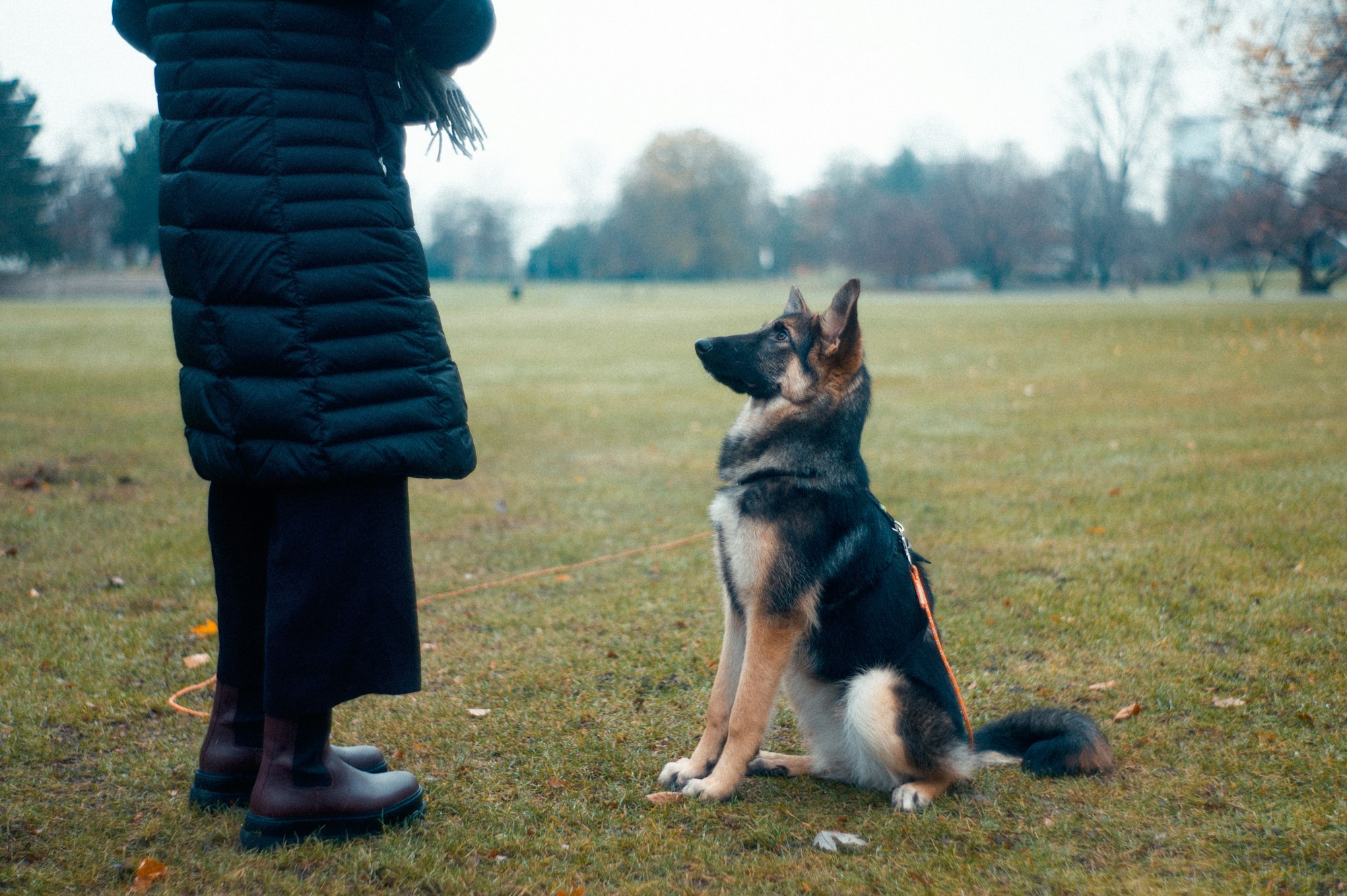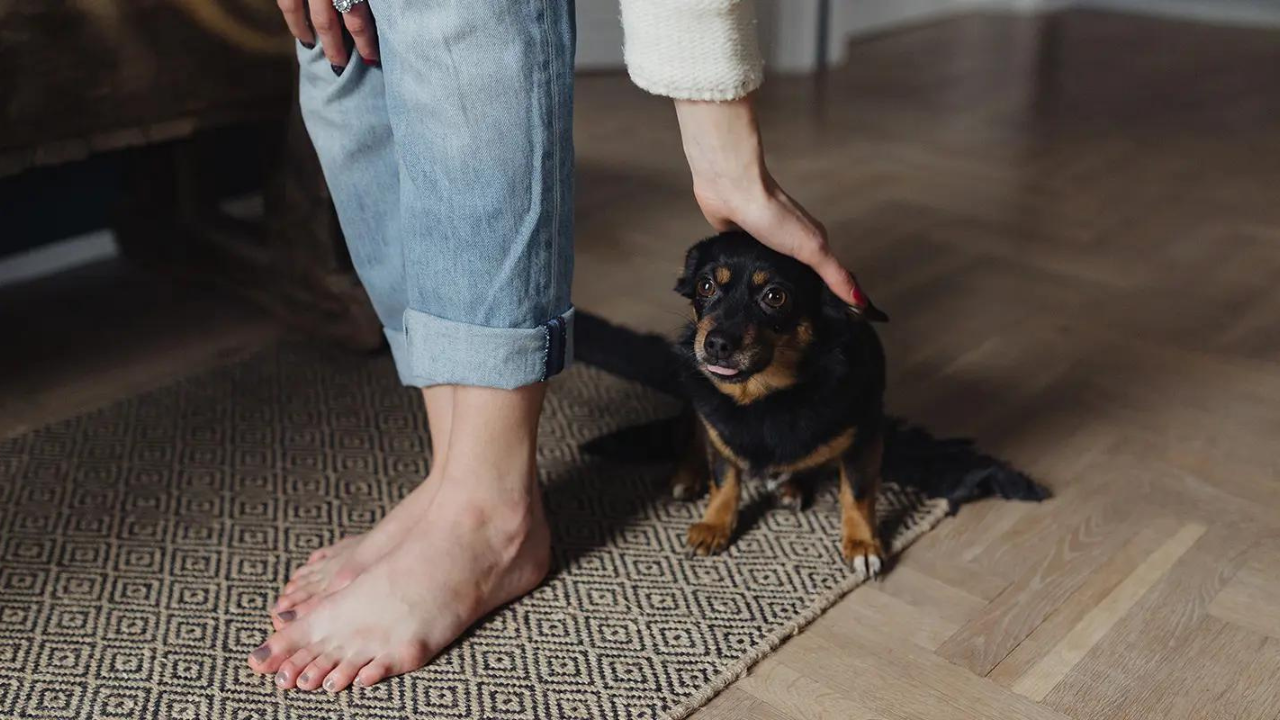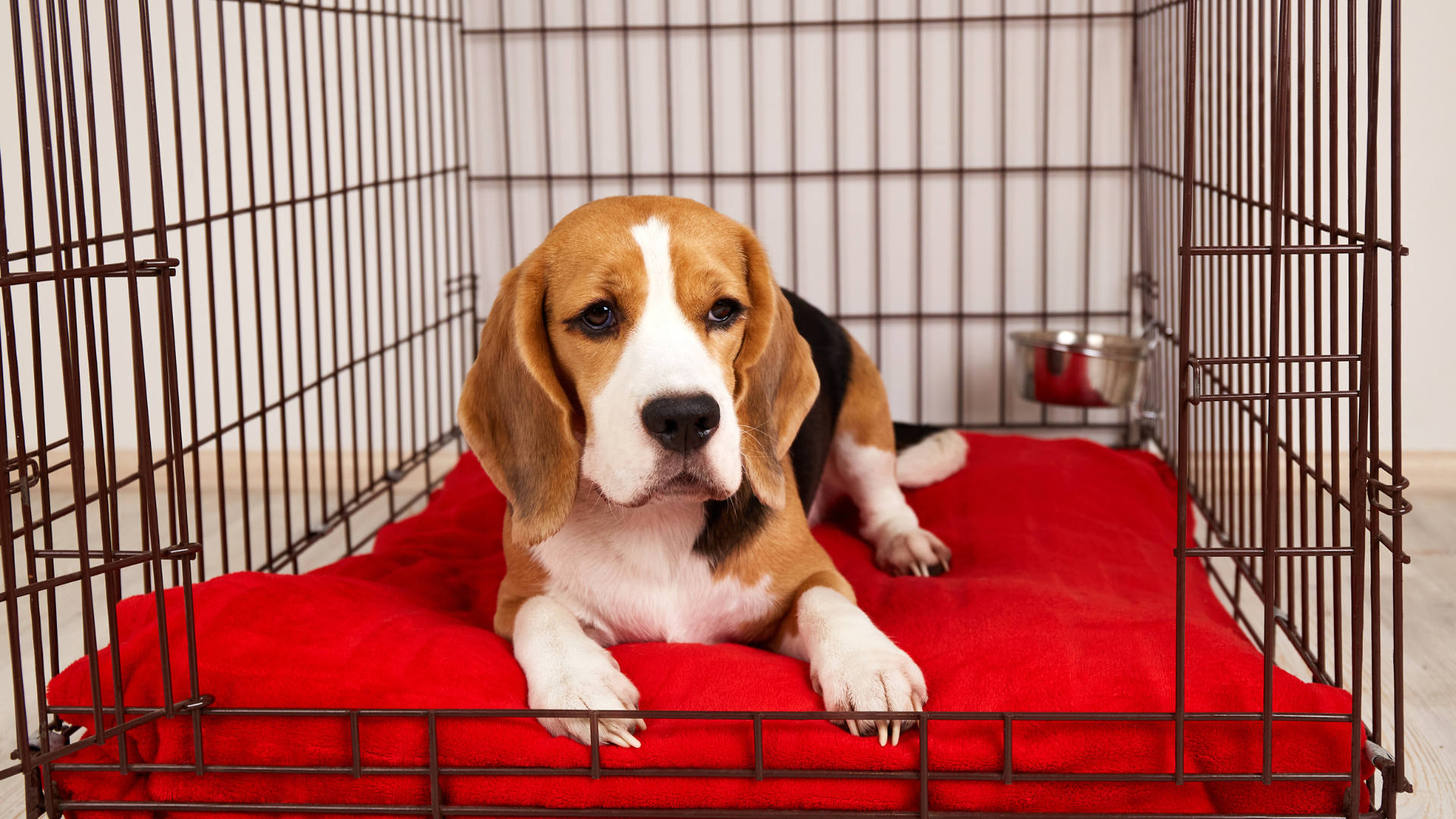Positive reinforcement training is a method that is based on the principles of behavior modification. It involves rewarding good behavior, rather than punishing bad behavior. Positive reinforcement training has been used for many years in the dog training industry, and it is a scientifically-proven and humane method that works by rewarding dogs for good behavior.
What is Positive Reinforcement?
Positive reinforcement is a method of dog training that rewards good behavior, rather than punishing bad behavior. The rewards can be anything that the dog finds rewarding, such as treats, toys, or praise. The goal is to create a positive association with the behavior, so the dog will be more likely to repeat it in the future.
How Does Positive Reinforcement Work in Dog Training?
Positive reinforcement works by rewarding the dog when they do something right. This positive association encourages the dog to repeat the behavior in the future. Rewards can be in the form of food, toys, or praise. Positive reinforcement is a method that is based on the principles of behavior modification. It involves rewarding good behavior, rather than punishing bad behavior.
Benefits of Positive Reinforcement Training for Dogs
Positive reinforcement training has many benefits for dogs, including:
- Humane: Positive reinforcement training is a humane and effective way to teach your dog new behaviors. Traditional training methods that involve punishment can lead to a dog becoming fearful, anxious, or aggressive. Positive reinforcement training is not only kinder to the dog, but it also produces better results in the long run.
- Effective: Positive reinforcement training is an effective way to teach dogs new behaviors. It works by rewarding the dog for good behavior, which encourages them to repeat the behavior in the future. Positive reinforcement is a method that is based on the principles of behavior modification, which is a scientifically-proven approach to dog training.
- Improves Mental and Physical Health: Positive reinforcement training can have a positive impact on a dog's mental and physical health. Dogs that are trained using positive reinforcement tend to be more confident, have higher self-esteem, and are less anxious than dogs that are trained using punishment-based methods.
- Builds Trust: Positive reinforcement training can help to build trust between you and your dog. By creating a positive association with training, your dog will be more willing to work with you and follow your commands.
Positive Reinforcement Training vs. Traditional Training Methods
Traditional training methods often involve punishment or negative reinforcement. These methods can be harmful to dogs and can lead to fear, anxiety, and aggression. Positive reinforcement training, on the other hand, is a humane and effective way to train dogs. It is based on the principles of behavior modification, which is a scientifically-proven approach to dog training.
How to Incorporate Positive Reinforcement into Your Dog's Training
To incorporate positive reinforcement into your dog's training, you should follow these steps:
- Identify the behavior you want to reinforce: Start by identifying the behavior that you want to reinforce. This could be a basic obedience command, such as sit or stay, or a more complex trick, such as rolling over or playing dead.
- Choose a reward: Choose a reward that your dog finds rewarding, such as treats, toys, or praise. It is important to use a reward that your dog enjoys, as this will encourage them to repeat the behavior in the future.
- Reward the behavior: Reward your dog immediately after they perform the desired behavior. This will create a positive association with the behavior and encourage your dog to repeat it in the future.

Common Misconceptions About Positive Reinforcement Training
There are some common misconceptions about positive reinforcement training. These include:
- Positive reinforcement is the same as bribery: Positive reinforcement is not the same as bribery. The rewards are used to encourage good behavior and create a positive association with training
- Positive reinforcement is only for puppies: Positive reinforcement training is not just for puppies. Dogs of all ages can benefit from this type of training, including older dogs and dogs that have been adopted from a shelter.
- Positive reinforcement training takes too long: Positive reinforcement training may take longer than traditional training methods, but it is more effective in the long run. It teaches dogs to make good choices based on positive outcomes, rather than fear of punishment.
Positive Reinforcement Training for Dogs of All Ages
Positive reinforcement training is a method that can be used to train dogs of all ages. It is a humane and effective way to teach your dog new behaviors, regardless of their age or breed. In fact, older dogs can benefit greatly from positive reinforcement training, as it can help to keep their minds active and engaged.
Positive Reinforcement Training for Shelter Dogs
Many shelter dogs have behavior problems due to a lack of socialization and training. Positive reinforcement training can help to correct these issues and give these dogs a second chance at a happy life. Positive reinforcement training can help shelter dogs to build trust and confidence, and to develop good habits that will help them to be more adoptable.
Positive Reinforcement Training for Behavioral Issues
Positive reinforcement training can be used to correct a wide range of behavioral issues, such as separation anxiety, fearfulness, aggression, and excessive barking. By using positive reinforcement to reward good behavior, you can help to reduce negative behaviors over time
Examples of Positive Reinforcement in Dog Training
Positive reinforcement can be used in a variety of ways in dog training. Here are some examples:
- Treats: One of the most common ways to use positive reinforcement is by giving your dog a treat for good behavior. For example, if you're teaching your dog to sit, you can reward them with a treat every time they sit on command.
- Praise: Dogs also respond well to praise and positive attention. You can use this to reinforce good behavior by praising your dog when they do something right. For example, you can say "good boy/girl" when they come when called or sit on command.
- Playtime: Many dogs love to play, and you can use this to your advantage in training. For example, if you're teaching your dog to fetch, you can reward them by playing fetch with them after they successfully retrieve the toy.
- Clicker Training: Clicker training is a popular form of positive reinforcement training that uses a clicker to signal to the dog that they have done something right. The click is immediately followed by a reward, such as a treat. This helps the dog to associate the sound of the click with a positive outcome.
- Life Rewards: Life rewards are rewards that are a natural part of the dog's daily routine, such as going for a walk, getting attention from their owner, or playing with other dogs. These can be used to reinforce good behavior, such as walking nicely on a leash or coming when called.

Conclusion: The Power of Positive Reinforcement in Dog Training
Positive reinforcement is a powerful tool that can be used to train dogs of all ages and breeds. It is a humane and scientifically proven method that works by rewarding good behavior and creating a positive association with training.
Positive reinforcement training can have a wide range of benefits for both you and your dog, including better behavior, improved mental and physical health, and a stronger bond between you and your furry friend. By incorporating positive reinforcement into your dog's training routine, you can help to ensure that they are happy, healthy, and well-behaved for years to come.
Want more training info?



For more helpful articles about pet-parenting tips, check out the Off Leash blog at TryFi.com.
Want to know more about TryFi.com? The Fi Dog Collar is a GPS tracking collar that not only keeps track of your dog’s location, activity levels, and sleep patterns, but it also alerts you if your dog escapes your backyard. This is the fastest way to find your dog after an escape. Try the Fi Dog Collar today!


